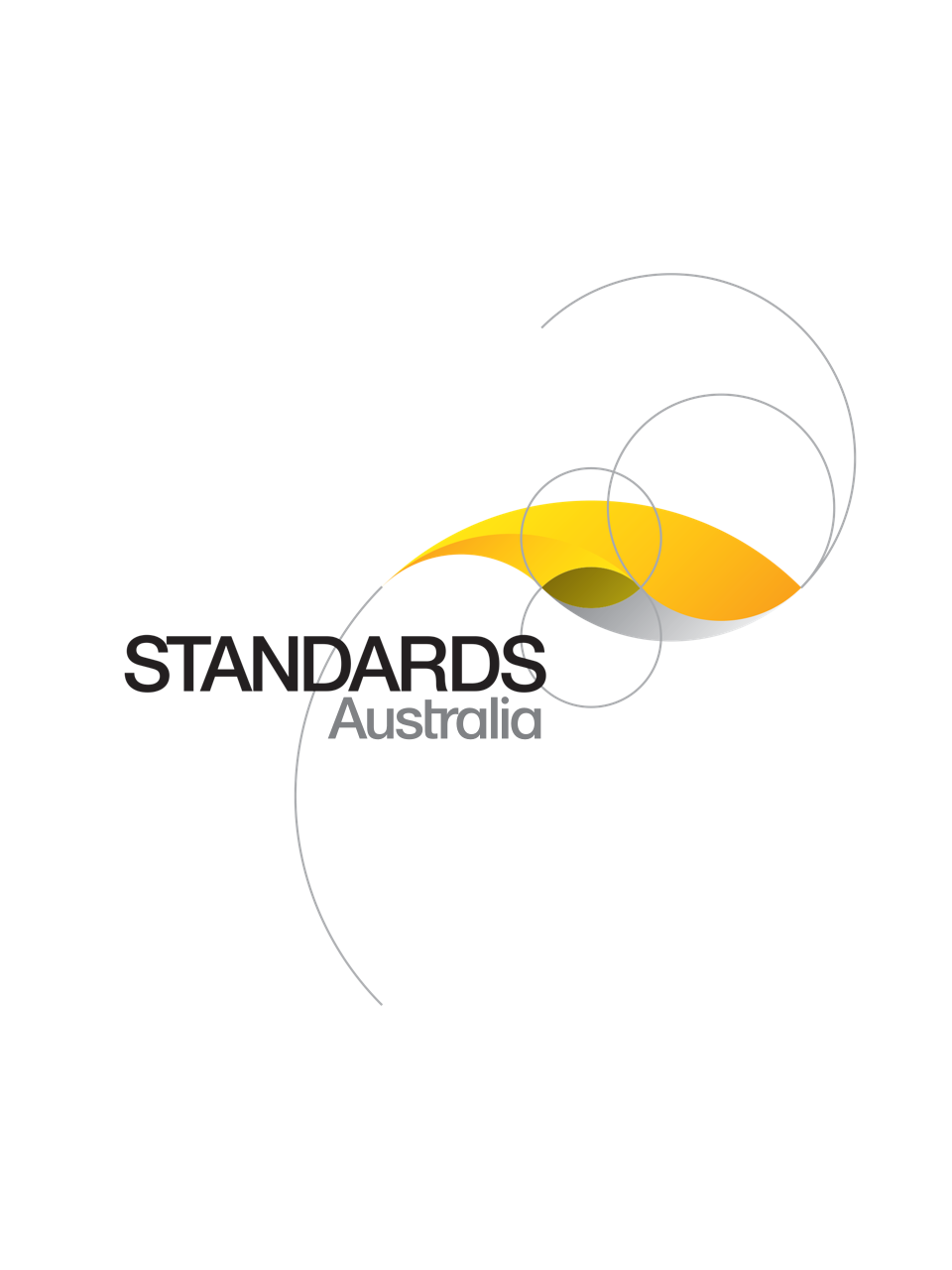Standard
Track updates
AS ISO 25552:2023
[Current]Ageing societies — Framework for dementia-inclusive communities
AS ISO 25552:2023 identically adopts ISO 25552:2022 which provides a framework for dementia-inclusive communities, including principles and the considerations of inclusion, quality of life, built environments, special needs groups, and stakeholder engagement. It also provides guidance on how to systematically leverage, improve, and interconnect their existing assets and structures and transform efficiently into a dementia-inclusive community
Published: 26/05/2023
Pages: 42
Table of contents
Cited references
Content history
Table of contents
Header
About this publication
Preface
Foreword
Introduction
1 Scope
2 Normative references
3 Terms and definitions
4 Development of a dementia-inclusive community
4.1 General
4.2 Systematic development process
4.2.1 General
4.2.2 Establish the general process
4.3 Process elements of a dementia-inclusive community
4.3.1 General
4.3.2 Establish basic processes elements
5 Guiding principles: outcomes and enabling factors
5.1 General
5.2 Key outcomes for persons with dementia and their carers
5.2.1 General
5.2.2 The individual right to choose and control
5.2.3 Accessibility and seamless integration
5.2.4 Protection, safety, and safeguarding
5.3 Enabling factors for a dementia-inclusive community
5.3.1 General
5.3.2 Responses to the life cycle of dementia
5.3.3 Promotion of prevention strategies
5.3.4 Competence and skills
5.3.5 Sustainability
5.3.6 Awareness
5.3.7 Involvement, participation, and engagement
5.3.8 Orientation and safety
5.3.9 Consideration of cultural norms
6 Integrated community: creating a dementia-inclusive network
6.1 General
6.2 Integration & community network
6.2.1 General
6.2.2 Develop statement of purpose
6.2.3 Empower and support independent living
6.2.4 Support family life
6.2.5 Strengthen the social network
6.2.6 Create an integrated, comprehensive, and phased health and social care network
6.2.7 Facilitate the design of workplaces that foster inclusion of persons with dementia
6.2.8 Emergency, safety, and protection
6.2.9 Prevention of decline associated with dementia
6.3 Persons with dementia and the informal care system
6.3.1 General
6.3.2 Supporting the informal care system
6.3.3 Assessment of the carers
6.3.4 Carer education, training, and coaching
6.3.5 Self-care of the informal carers
7 Action areas: community sectors working towards a dementia-inclusive community
7.1 General
7.2 Action areas to address
7.3 Integration between action areas
7.4 Housing
7.5 Public space
7.6 Public transport
7.7 Businesses, shops, financial institutions, products, and services
7.8 Infrastructure
7.9 Leisure, recreation, and social activities
7.10 Health and social care network
7.11 Community, voluntary, faith groups and organizations
7.12 Children, young people, and students
7.13 Additional community sectors specific to the target community
Annex A
A.1 General
A.2 Housing – possible considerations
A.3 Business, financial institutions, shops, products, and services – possible considerations
A.4 Infrastructure – possible considerations
A.5 Leisure – possible considerations
A.6 Health and social care network – possible considerations
A.7 Community, voluntary, faith groups and organizations – possible considerations
A.8 Children, young people, and students – possible considerations
Annex B
B.1 General
B.2 Personalisation and care in the dementia-inclusive community
B.3 Consider innovation- and technology-based approaches
B.4 Legal aspects surrounding the care for persons with dementia
Annex C
Annex D
Annex E
Bibliography
Cited references in this standard
